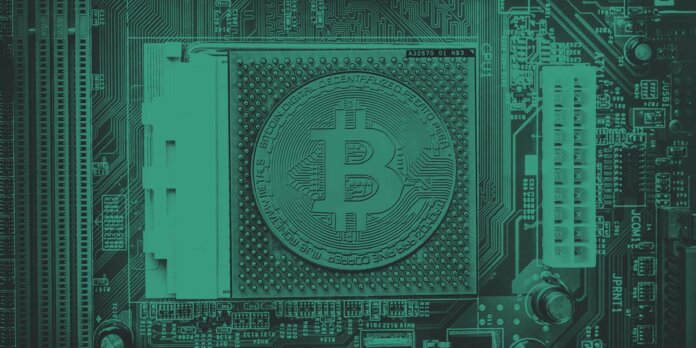The digital age has introduced Bitcoin as a standout investment opportunity, combining unique growth potential with significant risks. This analysis explores network growth principles, specifically through Metcalfe’s Law and Sarnoff’s Law, and their relevance to Bitcoin. It also highlights Greg Foss’s insights on Bitcoin as an asymmetric investment opportunity, emphasizing its scarcity and potential as an economic downturn hedge.
In the study of the growth of networks, many scientific theories have emerged. Two that relate to the growth of networks like Bitcoin are Metcalfe’s Law and Sarnoff’s Law. Both theories state that the value of a network is proportional to the number of users on a network. Sarnoff’s law states that there is a direct linear relationship between the number of users (nodes communicating with the entire network). While Metcalfe states there are other factors (externalities) to take into account, and therefore, one has to take the number of users and square it to get exponential growth. In either case, the underlying point is that the growth of a network provides some signal to the potential growth in value, be it directly linked or exponential.
Greg Foss, executive director of strategic initiatives at Validus Power Corp, who has spent over 30 years in high-yield credit trading and analysis, often says that a Bitcoin investment is the most “asymmetric opportunity” of all time. In an interview from the spring of 2023, he said:
“[Bitcoin] is the best asymmetric upside opportunity I have ever seen in my career of managing risk. We know that fiat debasement is 100% certain. How do you protect yourself against that? Well, we could run through the different asset classes that do, but one of the things that really doesn’t protect you against that is bonds. It’s just about everybody in the world… all pension plans, all high-net-worth individuals, all family offices, everybody owns bonds. Well, that is a fiat contract. It is a contract that will debase alongside the fiat because it’s a fiat contract. So my biggest goal having spent my entire life in bonds is to try and convert some of that money into Bitcoin to hedge the downside you’re going to have on your bonds with the upside that you have on Bitcoin.”
What asymmetry means is that the asset, Bitcoin, is the hardest asset in terms of scarcity. Gold’s total supply on the earth is unknown, and increased prices could justify greater mining, increasing the amount above ground. Even land can be expanded if the demand is high enough. This cannot happen to Bitcoin. No amount of money, desire, or price increase can create more than 21 million. This means that all the demand has to go into the current asset supply, which has a deflationary admittance schedule. At the time of this writing, the next Bitcoin halving event will occur around April 2024 at block height 840,000, and 96.9% of all the existing BTC will have been mined. With 3.1% left over the next 117 years (the halving cycle greatly diminishes in 2140), owning some of the hardest assets at attainable fiat prices makes sense.
The asymmetrical opportunity is conversely asymmetrical risk. This newfound paradigm shift into the alternative asset of Bitcoin as it grows, according to Metcalfe’s law or Sarnoff’s law, would mean that having no position in the asset is a risk that outweighs that of holding a position. If a firm allocates 0.5% of its liquid holdings into BTC, and the price goes to zero, it can survive. However, if that 0.5% of its liquid holdings grow to 40% due to the CAGR of BTC, and a firm does not get involved, it risks being substantially behind competitors and other firms in the market. A firm investing in Bitcoin can gain a fiat financial increase on its balance sheet if market conditions stay status quo in the next decade or so. However, if those conditions worsen into recessions or depressions, Bitcoin investment may mean the difference between having tradable, valuable assets and having diminished staying power with traditional financial instruments.
However, there are many challenges for investors considering Bitcoin that we touch on in the following chapters, including:
- Volatility of Bitcoin compared to traditional assets.
- Need for specialized infrastructure and custody solutions.
- Regulatory uncertainties.
- Limited historical data compared to traditional assets.
Bitcoin’s comparison with traditional network growth theories reveals its distinctive potential and challenges. Its scarcity and deflationary nature set it apart, offering an asymmetric opportunity for investors, as noted by Greg Foss. However, navigating Bitcoin’s volatility requires a careful balance between recognizing its growth potential and managing investment risks. As the financial landscape evolves, Bitcoin’s role as a digital asset offers a complex but promising avenue for strategic investment.




